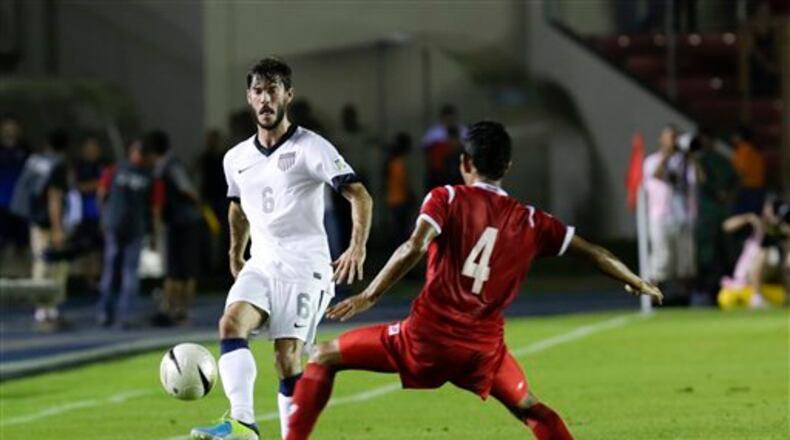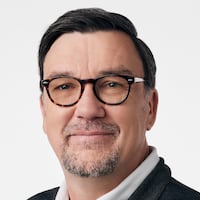It seems bizarre that the U.S. men’s national soccer team hasn’t played in Atlanta since 1977.
The metro area is one of the 10 largest in the country, has a thriving soccer interest from the youth to the professional level that includes MLS expansion team Atlanta United FC, and has hosted numerous other teams and tournaments since the U.S. defeated China 1-0 on Oct. 10, 1977 before 15,003 “screaming soccer addicts,” as Norman Arey wrote in the Atlanta Constitution almost 38 years ago.
But Wednesday, when the U.S. plays Jamaica at 6 p.m. in the semifinals of the Gold Cup, it will in fact mark the first time the red, white and blue have played in metro Atlanta since “Laverne and Shirley” ruled the TV airwaves.
“We all hope for huge, huge, huge support tomorrow night for us,” U.S. manager Jurgen Klinsmann said Tuesday.
Few on the U.S. team have spent much time in the city, other than to pass through the airport. But showing the insular world of soccer, midfielder Michael Bradley surprised many at Tuesday’s news conference when he dropped the Atlanta Silverbacks into his comments about what he knew about Atlanta before arriving for the games.
It underscores a point made by Dick Cecil, the man who promoted that U.S. game in 1977, that “Atlanta’s always had an interesting tie to soccer.”
But that tie remained frayed for a long time because there was no way to build on that U.S. appearance because there was no place to play the games that featured national teams or internationally known club teams. Either the available fields were too narrow, or featured artificial turf, which the players dislike.
It made Cecil’s comments from 1977 that “Atlanta may be ripe again for professional soccer” seem wishful. But Cecil knew what he was talking about, even if the timing was delayed.
Soccer fandom in the city began to grow for a lot of reasons in the 2000s, including Premier League TV rights in the U.S., the national team’s success in the 2010 World Cup, the Silverbacks joining the NASL and the MLS growth and the focus on the millennial market.
That fandom began to exponentially grow partially because of a series of matches that started in 2009 when Mexico hosted Venezuela in an exhibition match at the Georgia Dome.
While the game was important for soccer in the city — more than 50,000 tickets were sold — there was an important piece of work that occurred that paved the way for future games: Grass was installed in the Dome.
Dirt had been put down in the Dome plenty of times for motorcycle and monster truck events, but grass had never been brought into the building, which features a synthetic turf surface.
The temporary grass field wasn’t perfect. There were noticeable seams and brown spots. The ball didn’t roll well on it. But it was good enough.
A window was open to bring more international soccer to the city in the only building large enough to host games.
Several more games followed, capped by Mexico playing Nigeria in March of last year. Ticket sales reached 68,212, a record to watch soccer in the city. Atlanta was named an MLS expansion city the next month.
Wednesday’s games will be even bigger, with more than 68,000 tickets already sold and 72,000 expected to be in the Dome for the two games.
Grass will again be put down for Wednesday’s matches. Even if the field isn’t perfect, U.S. players said they are excited to return.
With Atlanta United FC online and a new stadium scheduled to open downtown in 2017, it may not be another 38 years before the team returns.
“When you look at the whole picture of how soccer grows in this country, it’s just tremendous,” Klinsmann said. “Atlanta’s a very, very important area. Youth soccer is big. Now comes an MLS team, which is huge, and you want to see the game grow everywhere throughout the United States. Hopefully, Atlanta will be one of the hubs as well.”
About the Author
Keep Reading
The Latest
Featured


